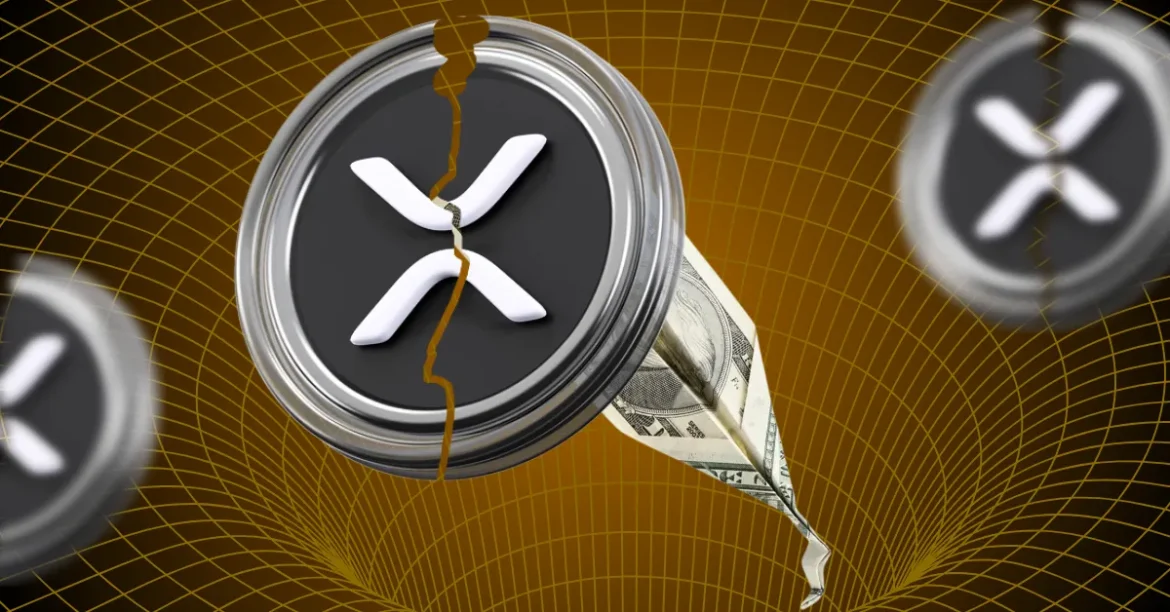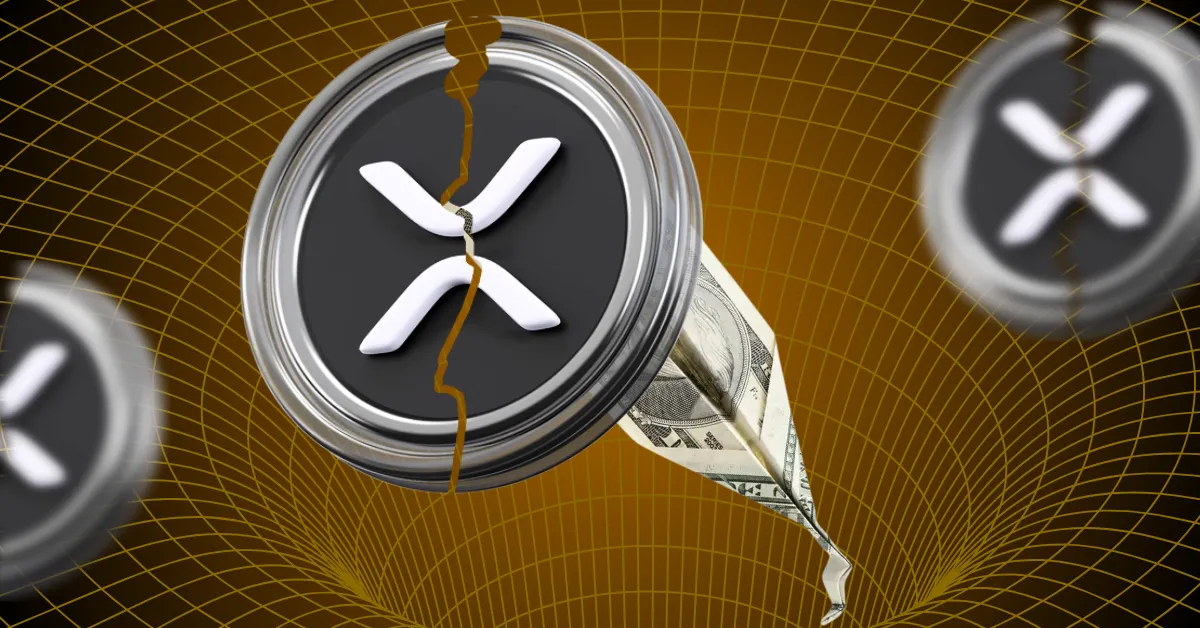The XRP Ledger (XRPL) is poised for a significant technological leap with the planned launch of an Ethereum Virtual Machine (EVM)-compatible sidechain projected for Q2 2025. This innovative development, confirmed by Ripple’s top technology leaders and collaborators at the APEX 2025 conference in Singapore, aims to blend XRP’s renowned speed and low transaction costs with Ethereum’s robust smart contract ecosystem. The initiative is spearheaded by Ripple alongside partners including Peersyst Technology, Evmos, and Axelar Network, marking a pivotal move to enhance both XRPL’s functionality and interoperability within the broader blockchain landscape.
Unlocking Ethereum Compatibility on XRP Ledger
At its core, the introduction of an EVM-compatible sidechain means that the XRP Ledger will natively support Ethereum-based decentralized applications (dApps), smart contracts, and standards such as ERC-20 tokens. This compatibility is achieved by implementing an EVM environment on a parallel blockchain operating alongside the main XRPL network. By doing so, the sidechain effectively brings Ethereum’s programming model and developer tools to the XRP ecosystem without impacting the original ledger’s speed or cost efficiencies.
The EVM sidechain currently operates on testnet and is undergoing rigorous final validations before its anticipated mainnet release. This phased rollout strategy ensures that developers and users experience a secure and seamless transition as XRPL broadens its utility beyond simple payments and settlements, expanding firmly into smart contract-enabled decentralized finance (DeFi) and Web3 applications.
Strategic Partnerships Accelerating Development
Ripple is not working in isolation on this effort. The collaboration with specialized blockchain firms such as Peersyst Technology, Evmos, and Axelar Network plays a crucial role in the sidechain’s architecture and interoperability features. Peersyst, in particular, is driving much of the development work, utilizing evmOS software to underpin the EVM environment.
Axelar Network’s involvement underscores the emphasis on cross-chain functionality, enabling assets and data to move fluidly between XRPL, Ethereum, and other blockchains. This multi-chain ecosystem approach reflects a broader industry trend recognizing that future blockchain success hinges on interoperability rather than isolated ecosystems.
Implications for Developers and the XRPL Ecosystem
The introduction of EVM compatibility on XRPL significantly lowers the barrier for Ethereum developers to deploy applications using familiar tools, languages (notably Solidity), and standards. This move is expected to attract a wider developer base to the XRP Ledger, enhancing its utility and innovation potential.
DeFi use cases such as yield generation through liquidity pools and decentralized exchanges will become feasible within XRPL’s fast and cost-efficient environment. Moreover, the presence of smart contracts opens avenues for complex programmable features, including real-world asset (RWA) tokenization and institutional-grade DeFi services.
By enabling Ethereum smart contracts alongside XRP’s settlement layer, Ripple strengthens XRPL’s positioning as a versatile blockchain for both retail and institutional users, potentially shifting its narrative from a payments-focused ledger to a multifunctional decentralized platform.
Enhancing Speed and Cost Efficiency
One of the most compelling aspects of this sidechain architecture is its ability to preserve XRP Ledger’s hallmark advantages: low fees and high throughput. Unlike Ethereum’s mainnet, where transaction costs and congestion can limit scalability, the XRPL environment offers a robust, fast-settlement layer.
Running the sidechain in parallel ensures that Ethereum’s complex contract execution does not congest or slow down the base layer. This dual-layer strategy could combine the best of both worlds — Ethereum’s vast developer ecosystem and XRPL’s efficient transaction processing.
Broader Industry Context and Ripple’s Strategic Vision
The EVM sidechain launch is a central pillar in Ripple’s 2025 roadmap, which includes additional milestones like introducing native XRPL smart contracts and enhancing cross-network interoperability via partnerships with platforms like Axelar. This evolution aligns with Ripple’s broader strategic vision to cement the XRP Ledger as a leading blockchain infrastructure underpinning the next generation of decentralized finance and enterprise applications.
Furthermore, the timing of this development aligns well with Ripple’s recent legal victories and regulatory clarity, providing the company with more freedom to innovate and deploy new features. This momentum may lead to renewed interest from the investment community and developers eager to build on a compliant, scalable platform.
Conclusion: Broadening XRPL’s Horizon with EVM Compatibility
The forthcoming launch of the EVM-compatible sidechain on the XRP Ledger represents a transformative moment for Ripple and its ecosystem. By bridging the powerful capabilities of Ethereum’s smart contract platform with XRP’s efficient payment infrastructure, Ripple is unlocking new horizons for decentralized finance, DeFi applications, and cross-chain interoperability.
This initiative not only invites Ethereum developers into the XRPL community but also positions XRP as a multifaceted protocol ready to support complex, large-scale decentralized applications with speed, scalability, and low fees. As the sidechain moves from testnet to mainnet in Q2 2025, industry participants and users will keenly observe how this hybrid approach reshapes blockchain utility and interoperability in the years ahead.





